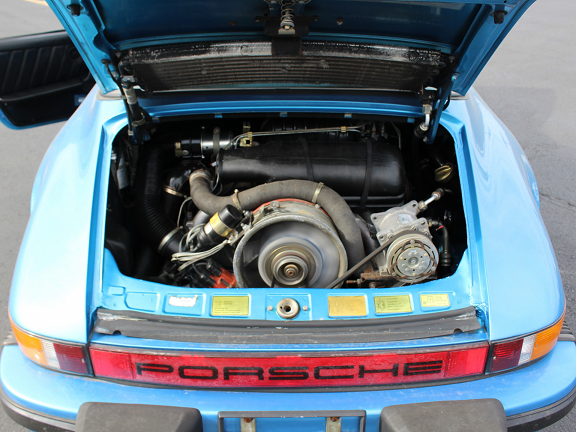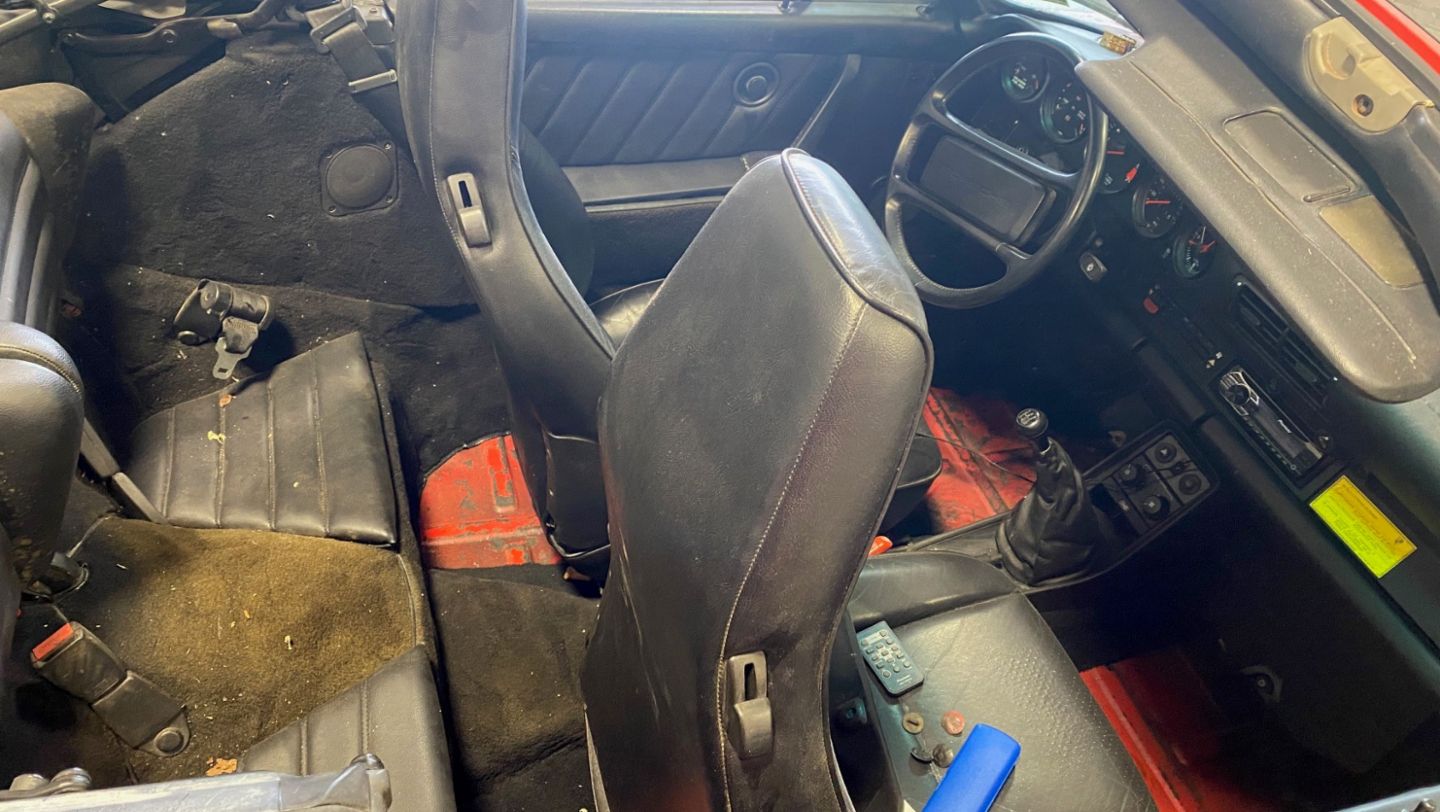The 2022 Ducati DesertX Adventure Bike is a proper desert rider and a true Ducati

The 2022 Ducati DesertX goes on sale in June with a starting price of $16,795. (Photos courtesy of Ducati)
Table of Contents
Overview
DesertX Technologies
Riding Features
DesertX accessories
Pricing
Why Buy the Ducati DesertX?
Ducati DesertX Specifications
BY JOE MICHAUD
Special to Maynard’s Garage
Development of the new Ducati DesertX started as a simple concept to grow the brand’s platform for the off-road Scrambler and Multistrada. But early on, the team realized it had the potential to build a proper desert rider — and a more dedicated machine that they believed could be a true Ducati.
“The chassis has been developed from the ground up specifically to go off road,” Jason Chinnock, CEO Ducati North America, said in a recent interview at the brand’s “Ready for Red” national tour of 21 cities to showcase new products. “While the X can ride anywhere in the world, the desert is the true spiritual home of this bike.”
Compared with the brand’s popular all-roads Multistrada, Chinnock said, “the Multistrada is on-road bike that can be ridden off-road, the DesertX is an off-road bike that can be ridden on the road.”
That’s the meat-and-potatoes of an Adventure Bike.

The DesertX four-valve 937cc 11-degree L-twin.
DesertX Overview
Italian motorcycle manufacturer Cagiva bought Ducati in 1985 and maintained ownership until 1996.
The stark white with red livery (the only paint scheme available), rally windscreen height, large fuel tank, stubby nose, and dual headlights of the Ducati DesertX borrow badass design cues from the successes of the Cagiva Elefant 906, which competed in the Paris-Dakar Rallies of the 1990s. It was heady times for the small Italian builder.
For the DesertX, Ducati borrowed the four-valve 937cc 11-degree L-twin from the Multistrada V2 with the desmodromic valve system. The engine was given a slight detune to 110 horsepower and 68 foot-pounds of torque to better suit its new off-road bias.
The DesertX gearbox, too, was modified with shortened ratios on gears one through five. First and second gears are especially for low-speed technical dirt work where the slip-assist clutch won’t need to be feathered to maintain balance. Sixth gear remains long for high-speed work on the dry lake beds of Baja California or urban pavement. A quick shifter is standard as well as cruise control.

The optional 2.1-gallon auxiliary fuel tank.
DesertX Technologies
Rider-assist technology is ubiquitous today, and DesertX has it deep. A Bosch Sensortec system monitors throttle-by-wire inputs and provides variable intervention for traction, wheelie, and engine braking. It’s common stuff on modern bikes but Ducati adds extra levels.
The DesertX has six riding modes that control the overall response characteristics of the bike. Along with the four self-explanatory standards of Sport, Touring, Urban, and Wet, Ducati has added dedicated modes of Rally and Enduro.
For experienced riders, Rally mode provides full-on 110-hp with minimal electronic interventions. Enduro mode provides 75-hp and more protection for riders with less experience. Engine power can be modified through four levels to match skill level, rider demand, or varying terrain.

The vertical 5-inch instrumentation display is positioned for stand-up riding.
Riding Features
DesertX lighting is full LED and the 5-inch color gauge display is oriented vertically for better viewing while standing. Three data-screen displays are available to provide custom information chosen for particular rider needs.
Braking is by Brembo, front and rear. Fronts are dual four-piston 320mm radial mounts while the rear is a single 265mm two-piston setup. Bosch Variable ABS Cornering controls and enhances snappy, rear-wheel dirt cornering. It’s primo Ducati engineering.
Rather than pulling stock from current production, the steel-tube trellis frame and aluminum swing-arm were developed specifically for off-road use. Kayaba provided the three-way adjustable suspension with bounteous travel of 9.06 inches front and 8.66 inches rear. Ground clearance is 9.8 inches. The seat is tall at 34 inches, but it can be lowered with a kit.
Rims are flange-spoked and tubeless, a 21-inch front and an 18-inch rear. A larger front hoop typically climbs off-road obstacles easier while transmitting less shock to chassis, suspension, and rider. It’s good dirt stuff. Ducati claims the 21-inch front is the first on a production bike since the 1970s.
Ducati homologated three tire choices, two from Pirelli and one from Metzler. Also, the aftermarket availability of 21- to 18-inch rubber is broad. Stock tires on the DesertX are Pirelli Scorpions.

The 21-inch front wheel is the first on a production bike since the 1970s, Ducati says.
Accessories
Ducati has developed around 50 DesertX accessories, including crash protection, electronics, various trim levels, luggage, and extra racks. Here are a few of the options:
- Aluminum panniers (2), $1,400 and $800 for the top case. The three hard-shell cases add a voluminous 117-liter capacity for the world traveler’s appearance;
- Two exhaust choices by Temignoni;
- A rear-mounted auxiliary 2.1-gallon fuel tank, $1,500. It augments the standard 5.5 U.S. gallons main tank with the push of a button;
- Heated grips ($388) and a center stand ($320).
The list of accessories can be found here.

The double LED headlight has two bi-function poly-ellipsoidal modules.
Ducati DesertX Pricing
The new Ducati DesertX, first seen as a concept in 2019, will be in showrooms in June.
Competing with the Honda Africa Twin, BMW GS, and the Husqvarna Norden 901, Ducati has priced the DesertX dead center in the pack. U.S. pricing is expected to start at around $16,795 before options.
Learn more about DesertX here.

The DesertX has a long-stroke suspension and ground clearance of 9.8 inches.
Why Buy the Ducati DesertX?
Adventure bikes have changed the motorcycle landscape much like SUVs have done to the passenger-car market. They both promise adventure without limits by putting the off-road within reach. However, like SUVs, many ADVs rarely get used off road.
The Ducati DesertX is gorgeous in white, the shape is sexy, the technology is stunning. It’s a Ducati, and I am not immune to that virus. I just don’t have the skills to exploit it.
I’ll take mine with road tires, please. And I can at least dream of Abu Dhabi.
Joe Michaud is a San Diego-based motorcycle rider and restorer. Send him an email at jmichaud@san.rr.com.

The Ducati DesertX was developed from the ground up to go off-road.
Ducati DesertX Specifications
Style: 2 position adventure bike with tubular steel trellis frame
POWERTRAIN
Engine: 937cc Ducati Testastretta 11-degree, L-Twin cylinders, Desmodromic valvetrain, 4 valves per cylinder, liquid-cooled
Power: 110-hp at 9,250 rpm; 68 lb.-ft. torque at 6,500 rpm
Fuel injection: Bosch electronic, 53mm throttle bodies with ride-by-wire system
Exhaust: Stainless steel single muffler, catalytic converter, and 2 lambda probes
Transmission: 6-speed
Clutch: Slipper and self-servo wet multiplate clutch with hydraulic control
Fuel economy: NA
SUSPENSION
Front: KYB 46mm upside-down fork, fully adjustable; wheel travel, 9.1 inches; cross-spoked and tubeless wheel, 2.15 by 21 inches; Pirelli Scorpion Rally STR 90/90 tires, 21-inch M+S
Rear: KYB monoshock, fully adjustable, remote preload adjustment, aluminum double-sided swingarm; wheel travel, 8.66 inches; cross-spoked and tubeless wheel, 4.5 by 18 inches; Pirelli Scorpion Rally STR tire, 150/70 18-inch M+S
BRAKING
Front: 2 320mm aluminum flange semi-floating discs, radial-mount Brembo monobloc 4-piston calipers, Bosch Cornering ABS
Rear: 265mm disc, Brembo floating 2 piston caliper, Bosch cornering ABS
WEIGHTS
Dry weight: 445 pounds
Wet weight: 492 pounds
BY THE NUMBERS
Fuel tank: 5.5 gallons
Seat height: 34.4 inches
Cargo capacity: almost 4.1 cubic feet (120 liters) including bags and aluminum top case
Wheelbase: 63.3 inches (1,608mm)
FEATURES
Standard equipment includes: Riding modes, power modes, Ducati Wheelie Control, engine brake control, Ducati Quick Shift up/down, cruise control, full LED lighting system, DRL, Ducati brake light, USB power port, 12-volt socket, self-canceling turn indicators, steering damper
Optional features include: Ducati Multimedia System, antitheft system, turn by turn navigation via the app, fog lights, heated grips, auxiliary fuel tank
Safety features include: Ducati Safety Pack of cornering ABS and traction control
PRICING
Base price: $16,795
Where assembled: Bologna, Italy
WARRANTY AND MAINTENANCE
Warranty: 24 months, unlimited mileage
Maintenance service intervals: 9,000 miles or 24 months
Valve clearance check: 18,000 miles



















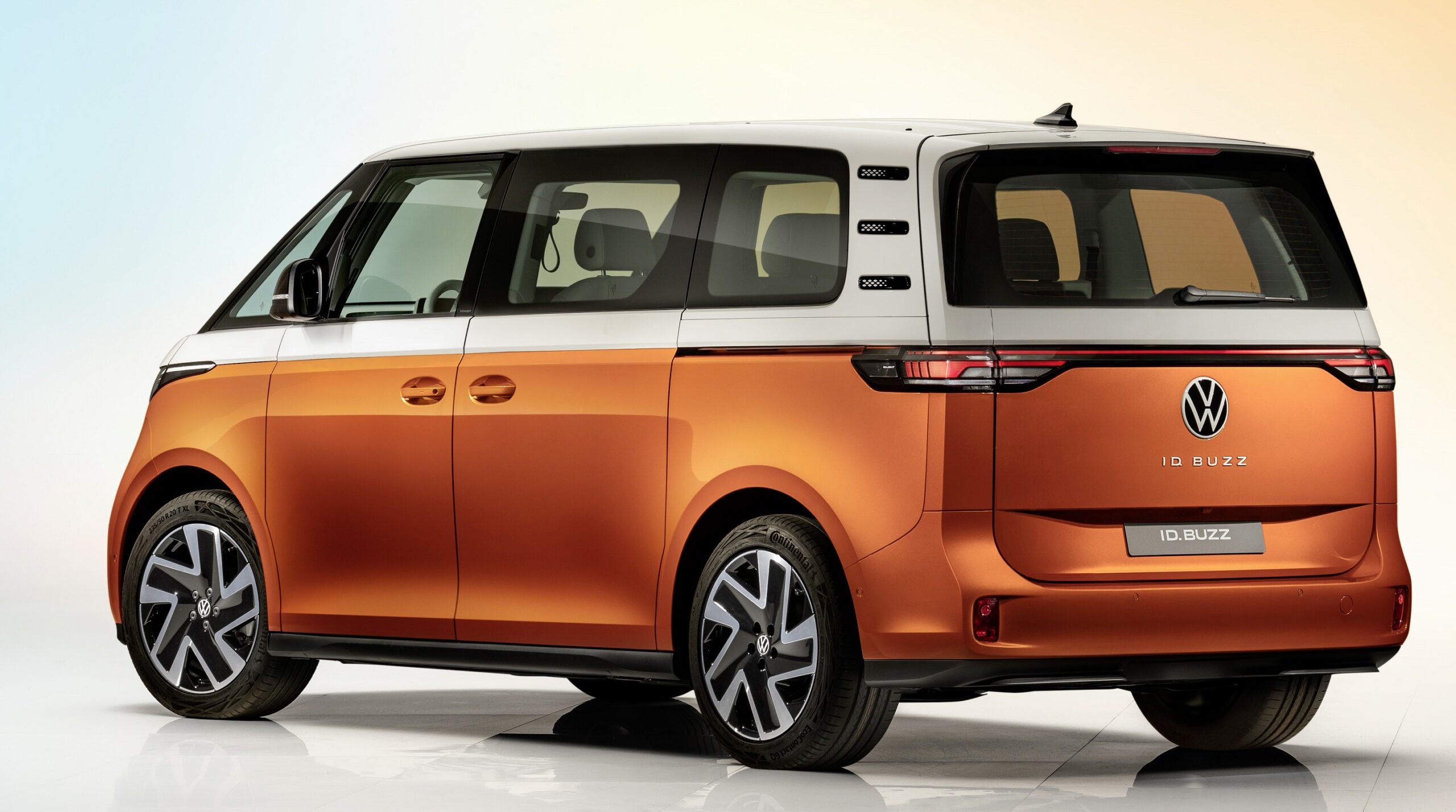
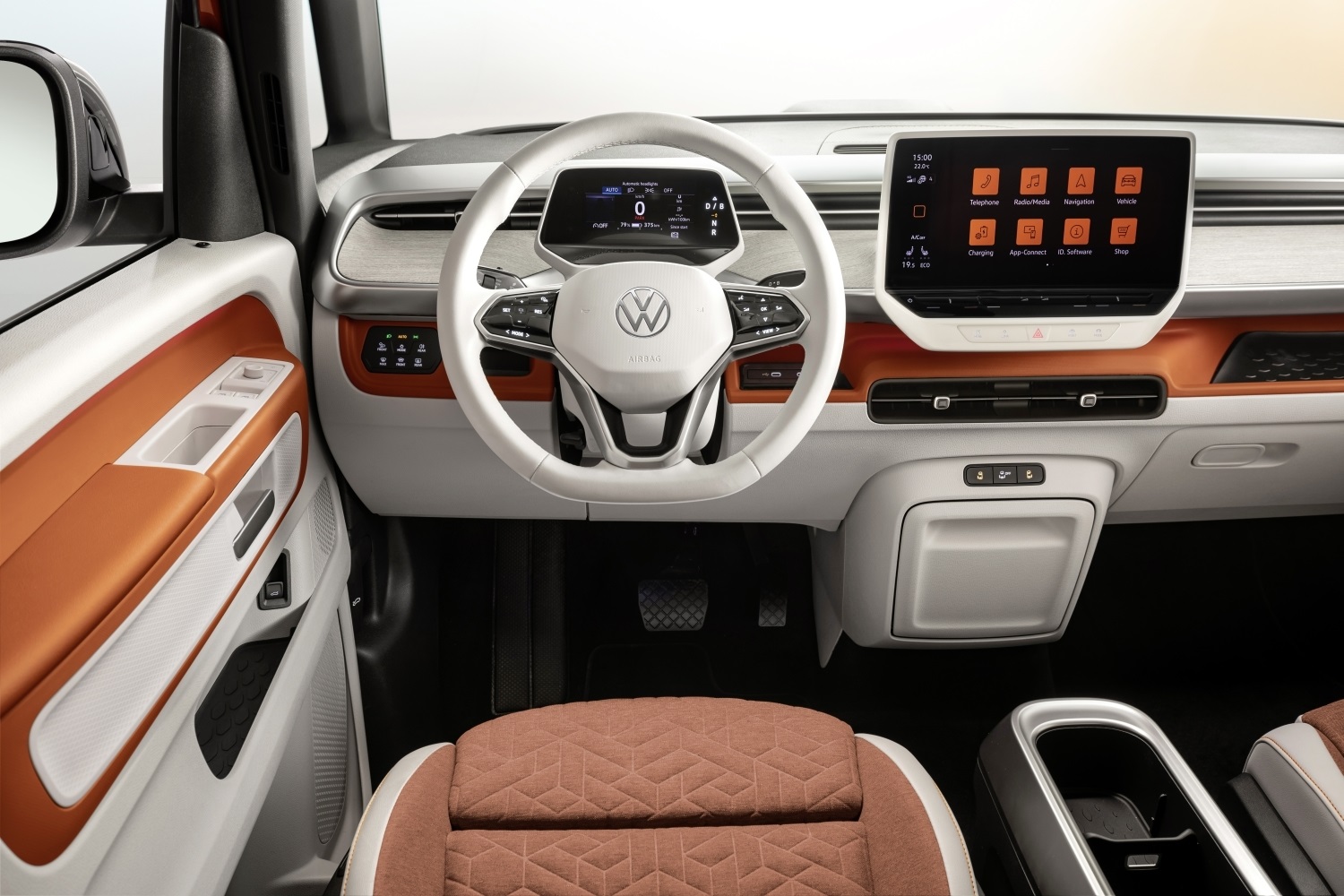
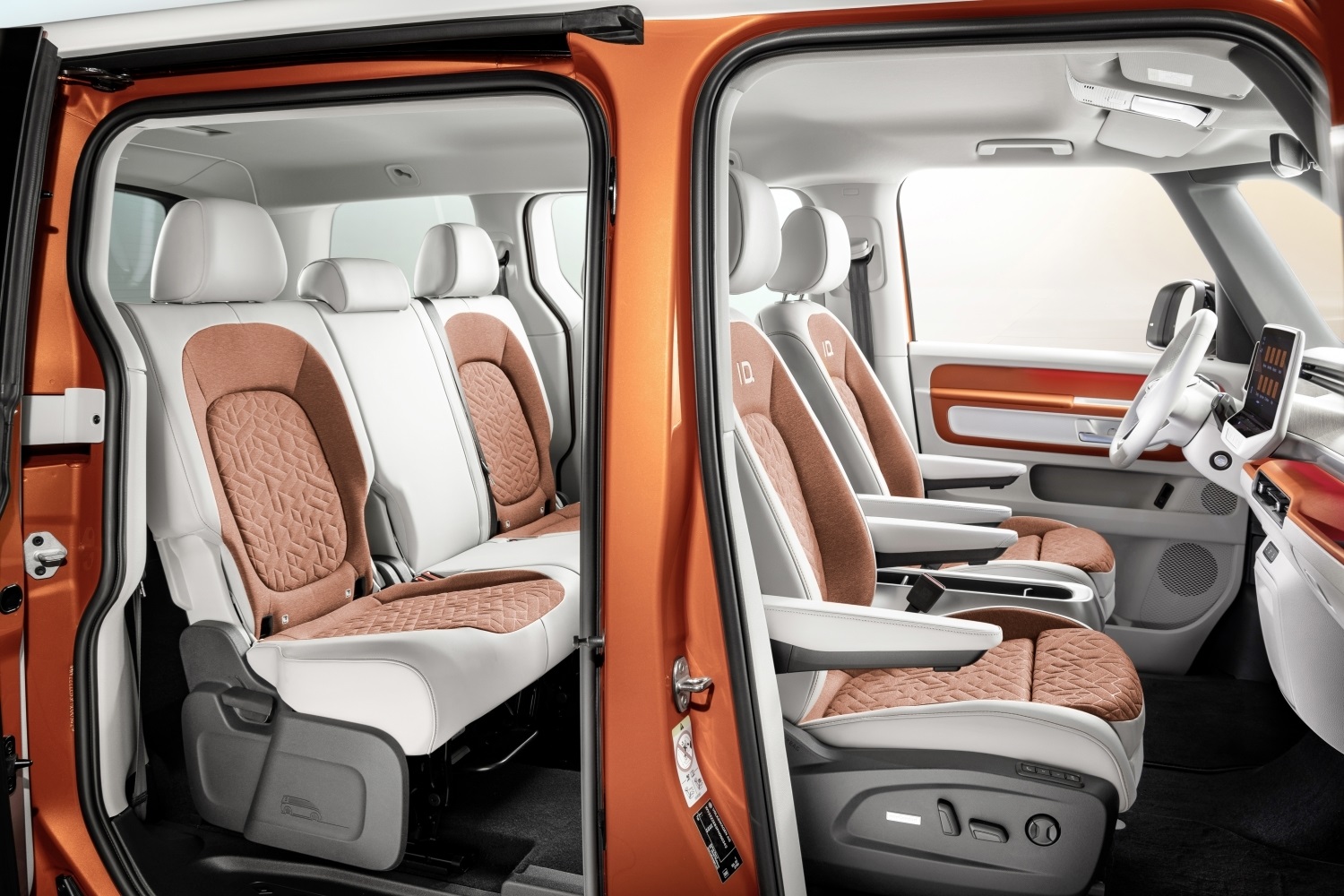





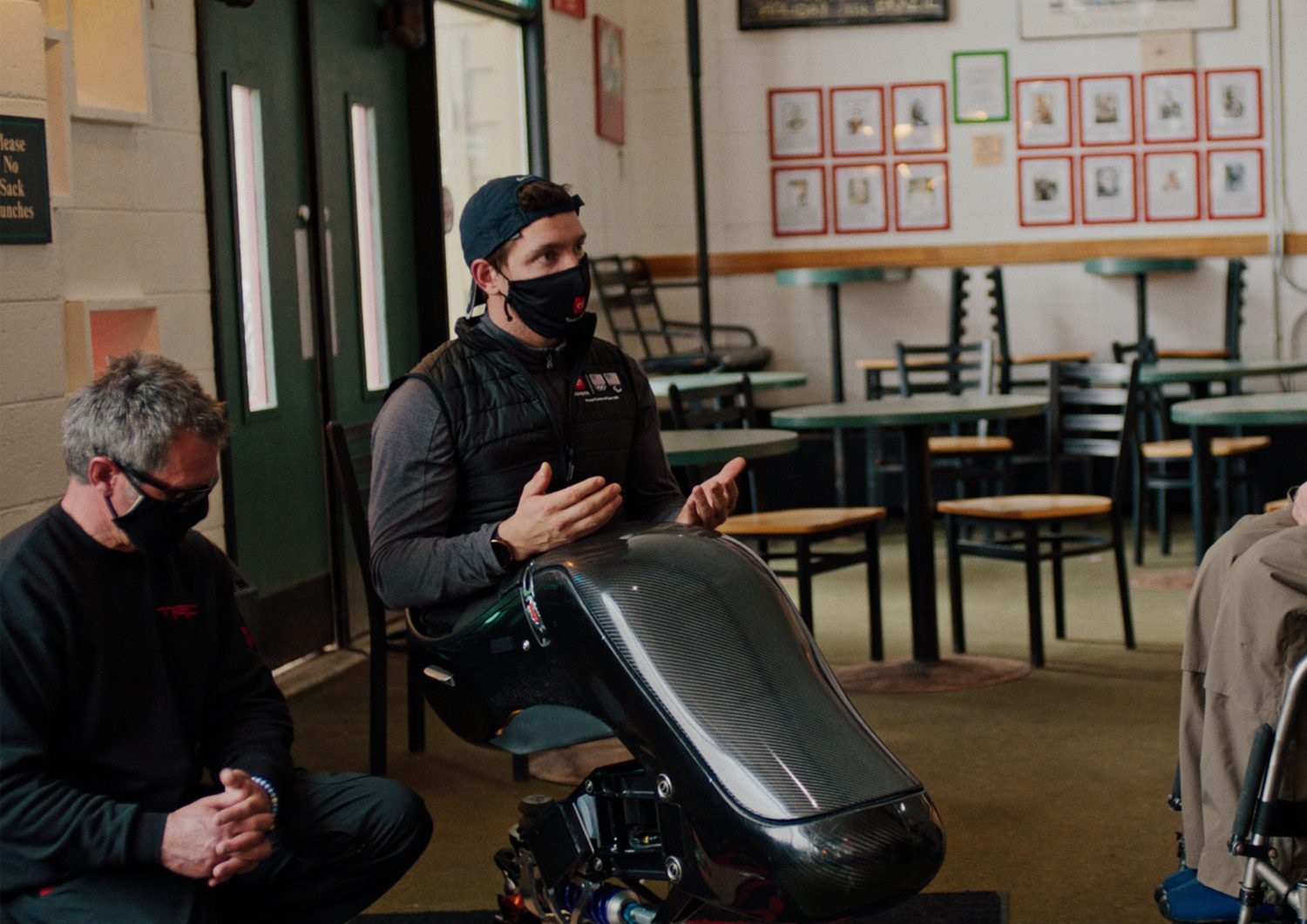

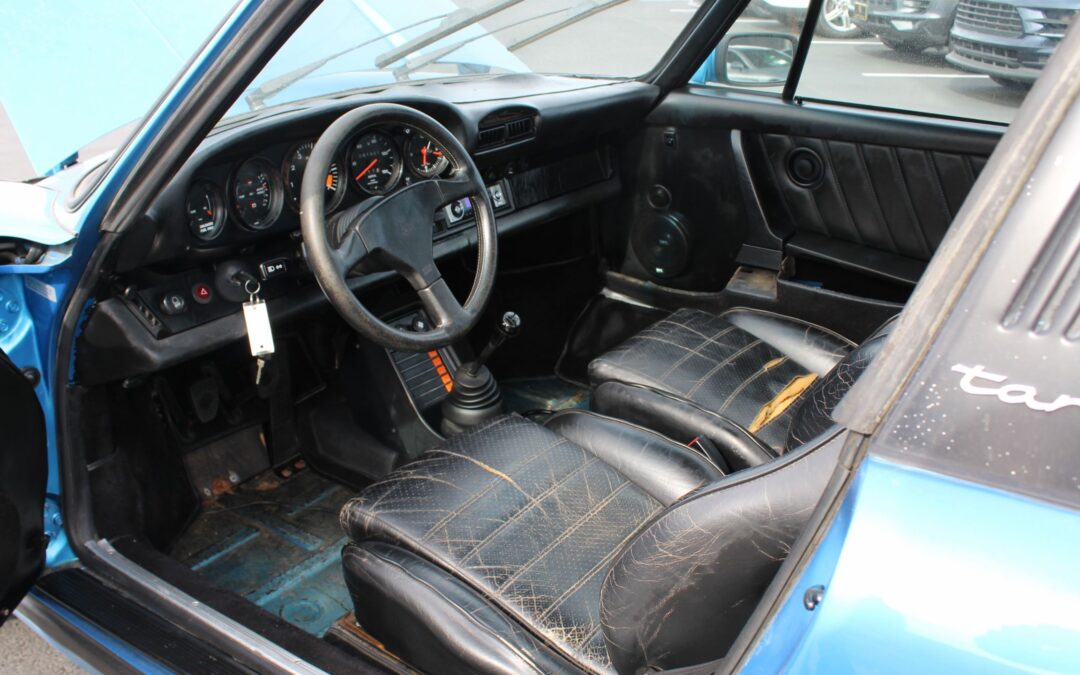
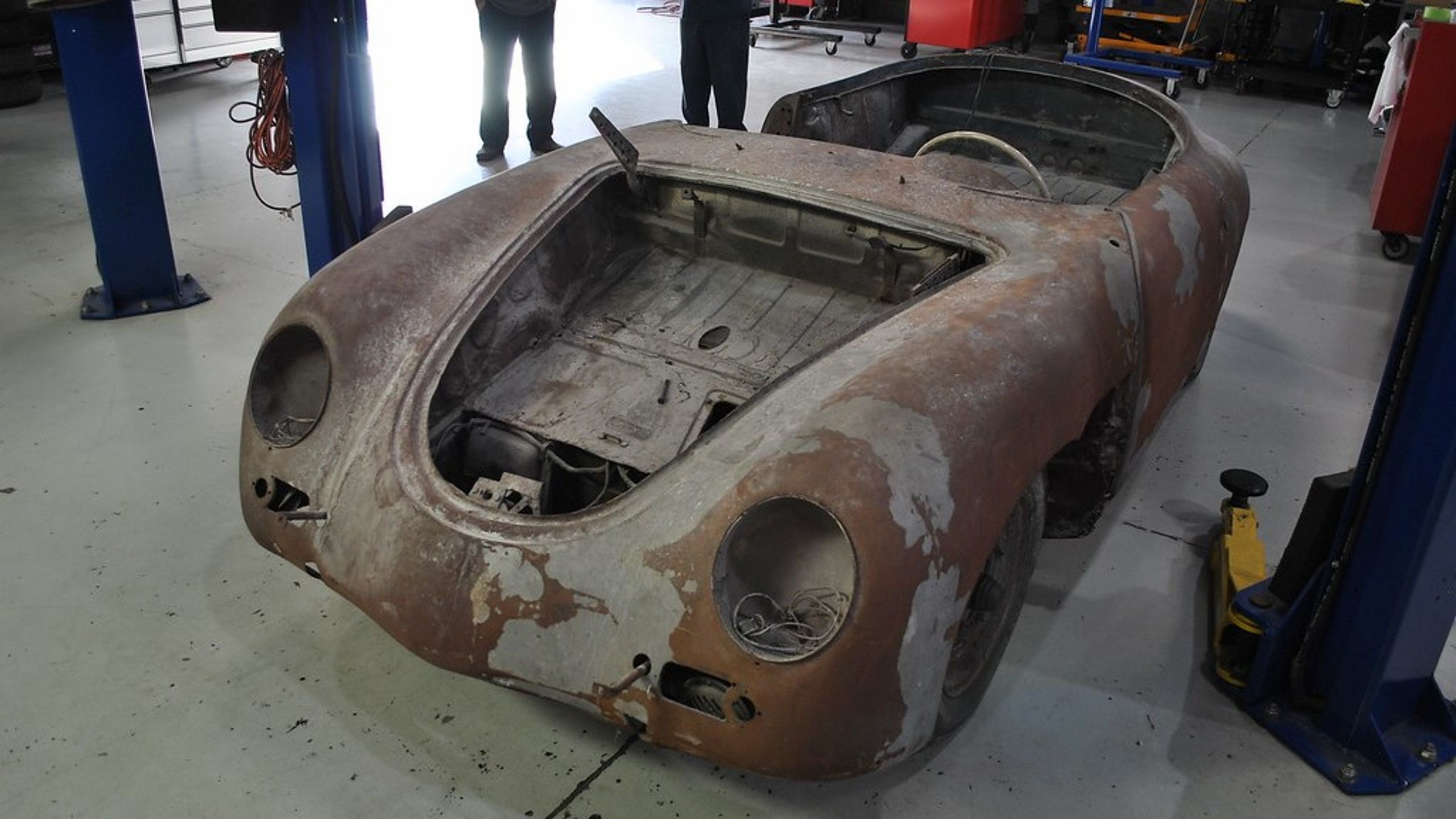 This 1957 Porsche 356 Speedster has been entered in the 2022 restoration challenge by Porsche Woodland Hills. (Photos courtesy PCNA)
This 1957 Porsche 356 Speedster has been entered in the 2022 restoration challenge by Porsche Woodland Hills. (Photos courtesy PCNA)